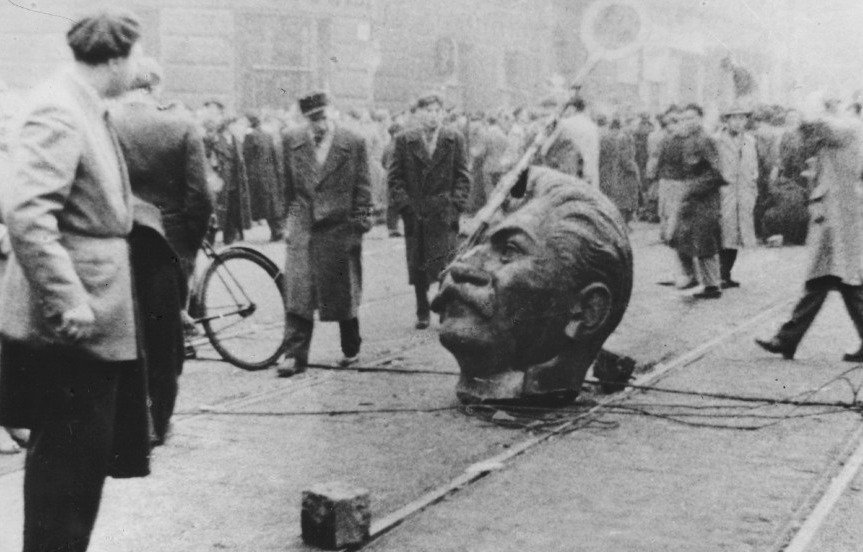The Hungarian Uprising and the Soviet Invasion of Hungary
By William Haynes, Year 3 History
(5) We demand general elections in this country, with universal suffrage, secret ballot and the participation of several Parties for the purpose of electing a new National Assembly. We demand that the workers should have the right to strike.
(Point 5 of the Resolution by students of the Technological University of Budapest)
On the 4th of November 1956, roughly 200,000 Russian troops invaded Budapest. With overwhelming military force and swift action, the last Hungarian resistance in the Csepel district, a working-class area that saw the heaviest of the fighting, had been crushed by the 11th of November.
Budapest, and Hungary as a whole, was once more firmly under Soviet control, and the government under the reformist Prime Minister Imre Nagy had effectively disappeared. János Kádár announced a new Soviet-supported government on the 4th of November and became both Prime Minister and Chairman of the Hungarian Communist Party on the 8th. Nagy was arrested later in November and was executed, alongside other members of his government, in 1958. Hungary would effectively remain under Soviet control until 1989, amidst the fall of the Soviet Union itself.
In order to fully understand these dramatic events, it is necessary to review the relationship of the Soviet Union and Hungary briefly. Hungary had fought alongside the other Axis powers during the Second World War, and the country was subjected to military occupation by the Soviets after the war.
Thereafter, Hungary entered the Soviet sphere of geo-political influence. Under the Stalinist Mátyáa Rákosi, who ruled as Chairman from 1947-1956, and Prime Minister for most of the same period. However, the reformist Nagy was elected Prime Minister for the first time in 1953, in a wave of de-Stalinisation following the death of Stalin, although Rákosi remained Chairman. This, compounded by Khrushchev’s famous speech condemning Stalin in February, set the foundations for the events of 1956.
In October 1956, a group of students decided to re-establish the previously banned democratic student union known as the MEFESZ. This led to the proclamation of the 16 Political, Economic and Ideological Points, the 5th of which is quoted above. More importantly, this initial democratic movement led to a protest of some 20,000 on the 23rd of October in Budapest. The response from the communist establishment to condemn the protesters only angered them, leading to the famous toppling of Stalin’s statue.
The Soviet response was swift, with troops and tanks from the neighbouring Warsaw Pact states entering the city on the 24th. Nagy also assumed his old position as prime minister on this day and called for a ceasefire. However, fighting persisted, and a ceasefire was only managed four days later, which lasted until the 4th of November.
The legacy of the events on and surrounding the 4th of November is complex. The suppression of popular democratic reforms is a clear indicator of the failure to escape the yoke of the USSR. In the short term, there was massive oppression, with 22,000 Hungarians imprisoned and at least 229 executed. The Hungarian Army was purged, and the country was forced to accept Soviet military presence permanently. However, the significance of the events of 1956 was also to show the lack of international response to Soviet aggression, with NATO and the UN failing to act beyond official condemnation, as well as serving as a cautionary tale to other leaders of communist states hoping for increased autonomy now Stalin was gone.

